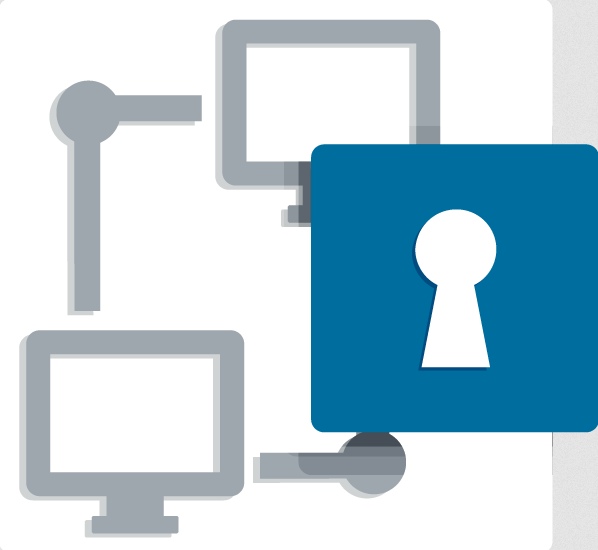
A robust network infrastructure enables smooth business operations. Every business, regardless of size, depends on connectivity to exchange data and maintain communication. Security measures that are not properly implemented allow vulnerabilities to expand while risks escalate. A systematic method creates stable networks that provide security and operational efficiency.
Establish Clear Access Policies
The definition of access permissions remains vital for security purposes. Not all users require complete system privileges. The restriction of access points helps reduce security threats while stopping unauthorized users from entering the system. Each employee should receive access permissions that match their job responsibilities. Regular reviews help maintain security. The system should update access privileges immediately when someone changes positions or leaves the organization. When access policies remain unstructured, sensitive data becomes vulnerable to unnecessary security risks. Strong access rules enhance security by restricting information access to authorized personnel who need to handle critical data, thus preventing unauthorized data leaks and modifications.
Monitor Traffic in Real-Time
Keeping an eye on network activity prevents potential threats. Unusual spikes or unknown devices may indicate issues. Monitoring tools help track movement and flag anomalies. When something looks suspicious, action can be taken quickly. Logs should be reviewed to detect patterns that might go unnoticed. Real-time monitoring provides immediate insights into unusual behaviors. By detecting suspicious patterns early, businesses can prevent cyberattacks before they escalate. Having automated monitoring tools reduces human errors and enhances network protection significantly.
Use Strong Authentication Measures
Passwords alone are no longer enough. Multi-factor authentication adds extra layers of protection. Users must verify their identity through multiple steps. This reduces the chances of unauthorized entry. Biometric scans, security tokens, and authentication apps offer additional safety. The stronger the authentication, the harder it is for cyber threats to succeed. Adding security layers prevents hackers from easily breaching accounts. Strong authentication methods ensure that sensitive information remains protected. Consistently updating credentials and security measures further safeguards data from unauthorized access attempts.
Regularly Update and Patch Systems
Outdated software creates security gaps. Hackers target weaknesses in old systems. Updates close these gaps and improve performance. Automatic patching keeps everything current without delays. Neglecting this step increases the risk of breaches and performance issues. Scheduled maintenance ensures everything runs smoothly without disrupting daily operations. Frequent updates reduce the chances of malware infections. Companies that stay current with patches prevent cybercriminals from exploiting vulnerabilities. Implementing a structured update plan helps keep systems stable and secure at all times.
Implement Network Segmentation
Separating sections of a network enhances network control. Not all devices or users need access to everything. Segmentation prevents threats from spreading across an entire system. Sensitive data remains protected, and breaches become easier to contain. Firewalls and virtual local area networks (VLANs) help create effective boundaries. Restricting access to critical areas reduces exposure to risks. Network control through segmentation isolates threats and minimizes damage. By separating resources into different zones, businesses reduce the impact of potential attacks. This practice also improves performance by reducing unnecessary data traffic congestion.
Ensure Strong Encryption Methods
Data should be protected in transit and at rest. Encryption scrambles information, making it unreadable to unauthorized users. This keeps sensitive details safe from hackers. Strong encryption protocols provide an extra layer of security. Even if data is intercepted, it remains useless without the proper decryption key. Encryption ensures confidential information stays hidden. Strong algorithms prevent unauthorized decryption. Regularly updating encryption standards enhances protection against evolving cyber threats. Businesses must prioritize encryption to keep their data safe from malicious actors.
Conduct Routine Security Audits
Regular assessments identify weaknesses before they become problems. Audits uncover vulnerabilities and highlight areas needing improvement. Testing security controls ensures they function as intended. Employee training should also be part of this process. Awareness strengthens overall security and reduces human error. A proactive approach helps keep everything in check. Routine audits prevent security gaps from being exploited. By analyzing past incidents, businesses improve their defenses. Scheduled security checks maintain compliance and reinforce best practices in cybersecurity management.
Conclusion
A well-structured system keeps operations secure and efficient while providing flexibility for growth and adaptation. Continuous monitoring, regular updates, and restricted access improve safety, reducing potential exposure. With careful planning and the right strategies, a network remains protected from external and internal threats while running smoothly.